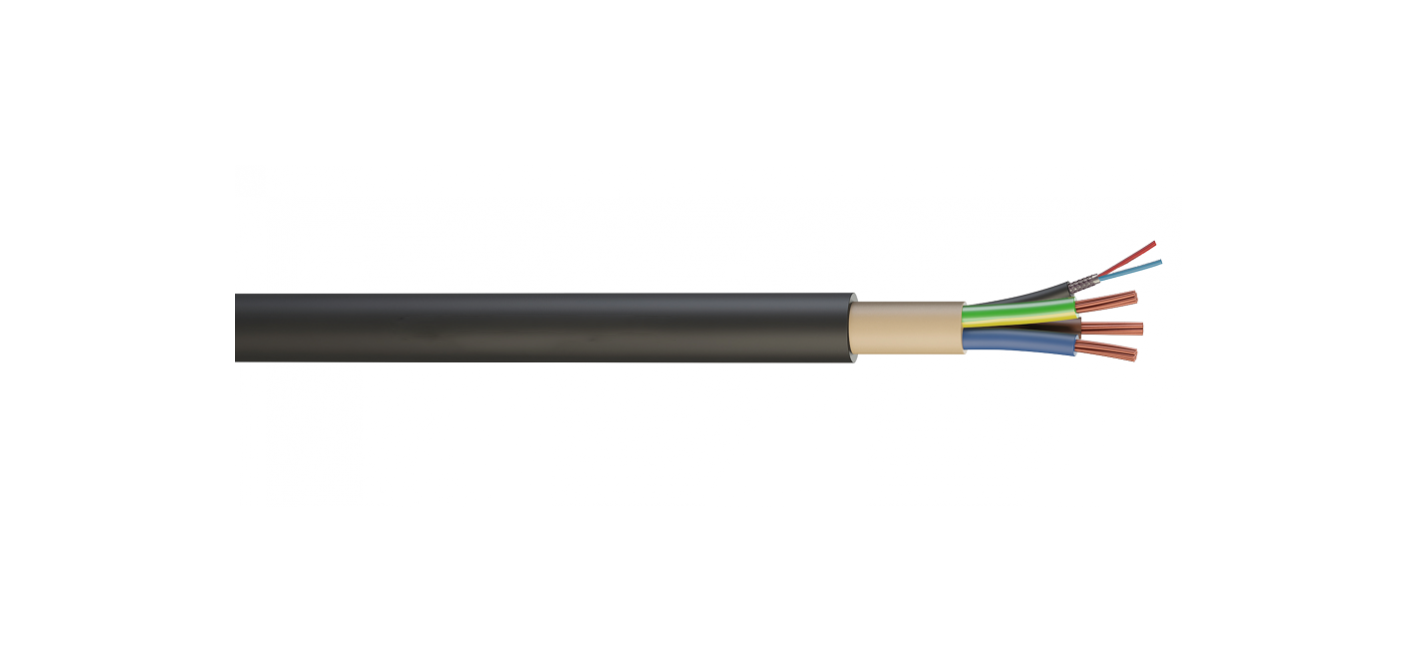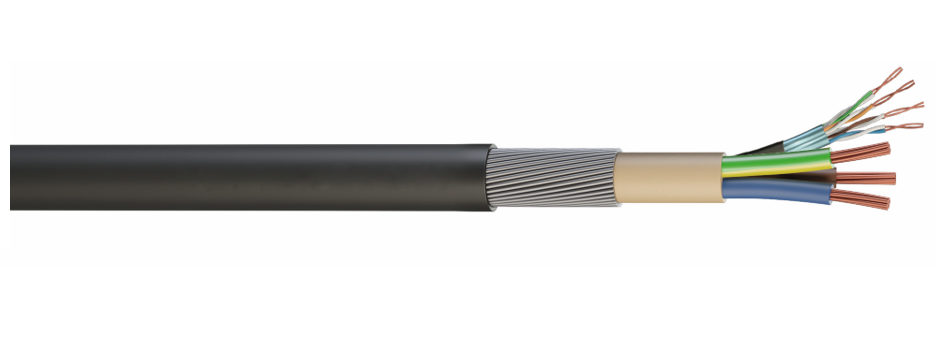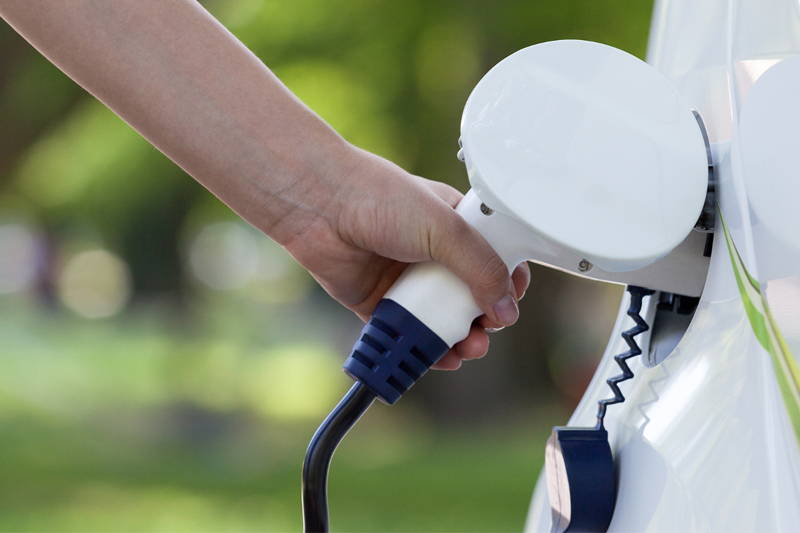The EV revolution is gathering pace and cabling options are now plentiful, with complete solutions delivering data as well as power. Alex Houlton of Securi-Flex looks examines the possibilities.
Did you know it’s reportedly three times cheaper to run an electric car than a petrol model? In addition, the average modern electric car has over 200 miles of range. According to a report published by Research Dive, the global EV charging cable market is predicted to garner a revenue of $1,277.7 million by 2026 and grow at a CAGR of 31.5% over the forecast period from 2019-2026.
In a world of evolving technologies and the stats mentioned above, it’s no surprise that the demand for electric cars is on the rise and EV charging cables are quickly becoming a hot topic in the electrical wholesale market. We’re taking a closer look at what these EV cables are and what they do.
Cable types
We’ll look at two different types of cable here that we refer to as ‘EV Cable’. Firstly, the infrastructure cable stocked at Securi-Flex which is used in the installation of the electric vehicle charging points. Secondly, there is what’s known as flexible ‘tail’ cable complete with connectors, which is used when connecting the car to the charging point. The latter is made to EN50620 / IEC62893-3 and is often H07BZ5-F type, which is either provided with the wall outlet or supplied with the car itself.

Our EV cables are designed for use in the installation of electric vehicle charging points. This innovative cable offers a complete solution for where both power and data are required, achieving a quicker, easier and neater installation. The benefit of this of course is being able to use just a single cable, compared with a previously complicated system of pulling in multiple cable types to achieve the same result. The EV cable consists of power conductors and data cables that are rated to the same nominal voltage; therefore, segregation of power and data is not required.
Available in three core and five core variations that meet the requirements of single and three phase EV charge points respectively, the cable incorporates power conductors and a two core screened data cable, encapsulated in a double sheathed design for extra protection. These cables are designed to be installed in air, clipped to surface, on cable tray/ ladder work and embedded in concrete. The cables can be laid direct in the ground providing that suitable mechanical protection is in place.

Port of call
Just like charging your phone, each type of vehicle model will require a different kind of cable to make the right connection. There’s a port on the car and another on the charging station and the cable will need to plug in to both of them. Most electric cars will have one of two different cable connector plugs, these are aptly named Type 1 and Type 2 connectors.
Type 1 and Type 2 plugs are used to charge at ‘slow’ or ‘fast’ speeds. Type 1 plugs can reach a maximum of around 7kW, while Type 2 chargers can go all the way up to 22kW, if your car is enabled for this level of charging of course – meaning Type 1 plugs cannot take advantage of the higher charging speeds that Type 2 cables can typically charge at.
For now, Type 2 plugs are more popular than all others and are largely considered the standard cable in the EV world. You can identify a Type 2 charging cable by counting the ‘pins’ in the connector – there should be five holes with actual pins inside, and then another two holes at the bottom.
Type 1 cables however, have five pins in their connectors with a latch on top, which fixes to charging ports and stops the cable from being accidentally removed during a charging session.
Smart Features
High-end EV are now equipped with a number of interesting new features. Tesla has recently introduced ‘Dog Mode’ – drivers with pets in the car can use the Overheat Cabin Protection function to keep the car at a cool temperature for pets left inside. The car also displays a large message on the centre touchscreen panel which informs passers-by that all is well and the pet is being kept at a comfortable temperature.
Expansion plans
It’s becoming more evident that the UK’s charging network needs to expand, as the results of The National Home Energy Survey highlighted that 69% of UK residents said they would buy an EV if money were no object. A further 17% plan to buy one in the next 12 months, making the need to increase charging stations (both public and residential) a pressing issue.
To find out more about cabling options, click here





